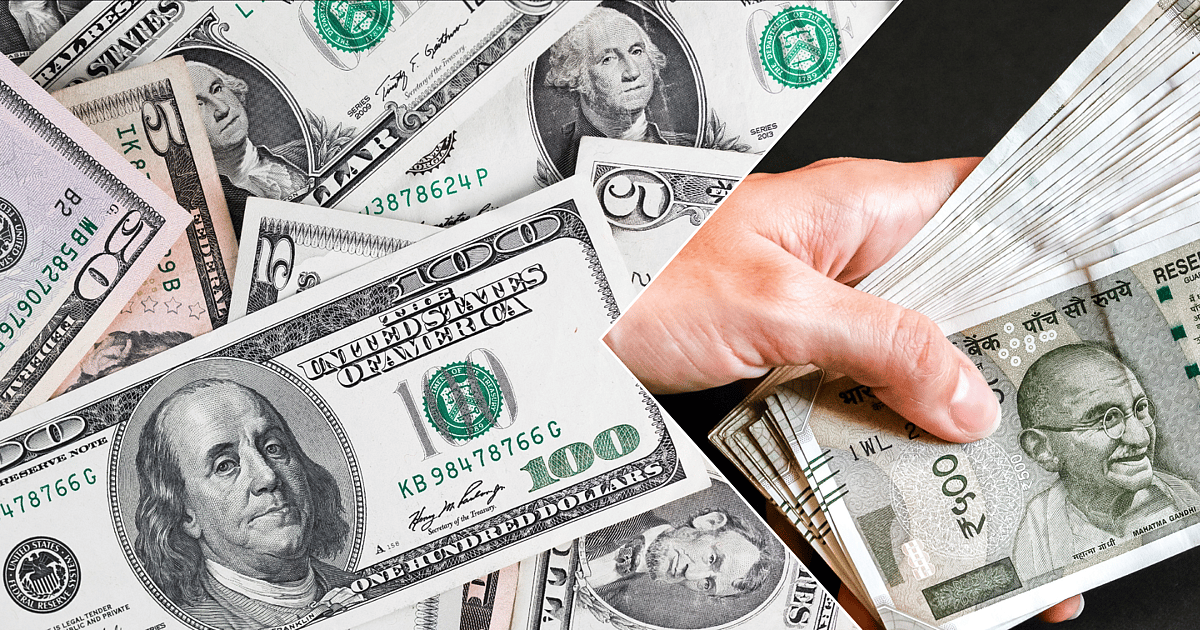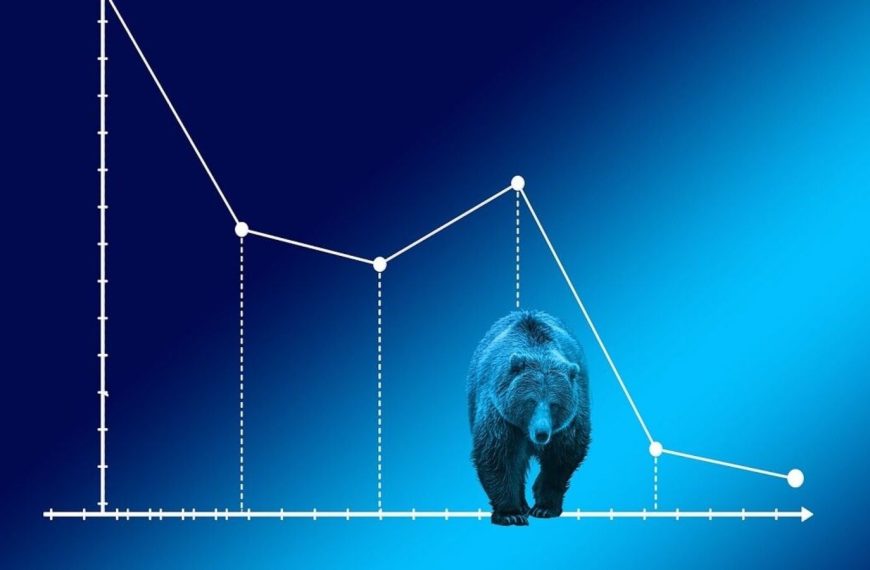The Indian rupee experienced a slight dip against the US dollar on Thursday, falling by 24 paise amid global market turbulence triggered by escalating tariff tensions initiated by President Donald Trump. As investors sought refuge in safer currencies like the Japanese yen and Swiss franc, the rupee opened at 85.75, marking its most significant decline since March 10.
Currency Movements and Predictions
Market analysts predict that the rupee will find robust support between 85.50 and 85.60. Amit Pabari, managing director of CR Forex Advisors, suggests that there may be a potential rebound towards 86.00-86.20 levels in the short term.
- Immediate support levels: 85.50 – 85.60
- Possible rebound targets: 86.00 – 86.20
However, Pabari warns that the long-term outlook for the dollar may not be as optimistic. He points out that weakening US economic indicators and the impact of tariffs could drive the Dollar Index down to 100, subsequently pulling the USD/INR pair towards 84.80-85.00.
Impact of Tariffs on the Global Economy
The new tariffs, set to begin on April 9, include a 10% baseline tariff on all imports to the US, with even higher rates on some key trading partners. Indian imports will be hit particularly hard with a staggering 26% tariff.
This tariff strategy has raised concerns about a potential recession in the US, as it may lead to increased costs for consumers. Following the announcement, the dollar index dipped by 0.76%, landing at 103.02.
Safe Havens Shine Amidst Uncertainty
As the dollar weakened against various currencies, investors flocked to safer alternatives. The Japanese yen gained 1.3% against the dollar, while the Swiss franc appreciated by 0.7%. Other currencies like the euro and British pound saw an increase of 0.5% each.
Crude Oil Prices React
In tandem with currency fluctuations, crude oil prices also faced downward pressure, with Brent crude dropping over 2% to trade at $73.34 per barrel. This decline reflects growing concerns about the broader economic implications of rising import costs and potential tariff fallout.
As global markets continue to react to these developments, both investors and consumers remain on high alert, anticipating further changes in currency values and economic stability.











